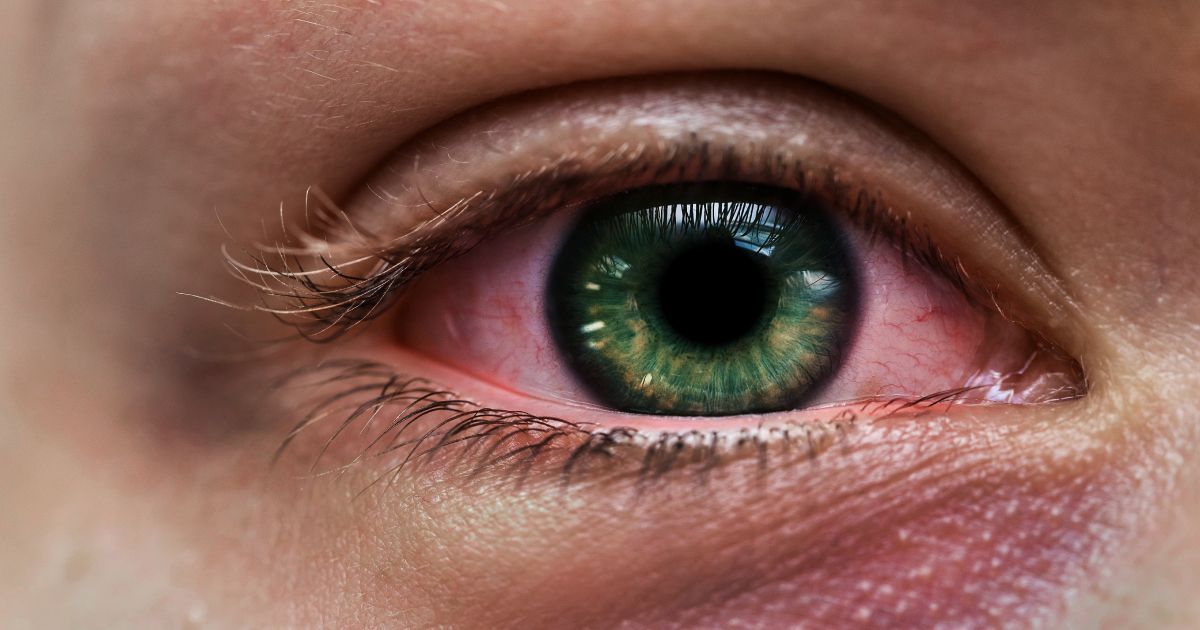Identifying and Managing Eye Infections: A Comprehensive Guide

Read time: 5 minutes
Our eyes are precious organs that play a vital role in our daily lives, allowing us to perceive the world around us. However, they are also susceptible to various infections that can cause discomfort, impair vision, and potentially lead to more serious complications if left untreated. In this comprehensive guide, we will explore the identification and management of common eye infections, empowering you with the knowledge to take proactive steps towards maintaining optimal eye health.
Understanding Eye Infections
Eye infections can occur due to a variety of factors, including bacterial, viral, or fungal pathogens, as well as allergies or underlying medical conditions. These infections can affect different parts of the eye, such as the cornea, conjunctiva, or eyelids, leading to various symptoms and potential complications.
Identifying Common Eye Infections
Early recognition of eye infection symptoms is crucial for prompt treatment and prevention of further complications. Here are some common types of eye infections and their associated symptoms:
Conjunctivitis (Pink Eye)
- Redness in the whites of the eye
- Itching or burning sensation
- Excessive tearing or discharge
- Crusting around the eyelids, especially upon waking up
(Visit our blog on Conjunctivitis here.)
Stye (Hordeolum)
- Painful, red bump on the eyelid
- Swelling around the affected area
- Tenderness when touched
(Learn more about styes from the Mayo Clinic.)
Keratitis (Corneal Infection)
- Eye redness
- Pain or discomfort
- Sensitivity to light
- Blurred vision or vision impairment
Blepharitis (Eyelid Inflammation)
- Redness and swelling of the eyelids
- Crusting or flaking around the eyelashes
- Itching or burning sensation
- Grittiness or foreign body sensation
Managing Eye Infections
If you suspect an eye infection, it's essential to seek prompt medical attention from an ophthalmologist or optometrist. They will conduct a thorough examination, identify the underlying cause, and prescribe appropriate treatment. Here are some common management strategies:
- Antibiotics: Depending on the type of infection, your eye care professional may prescribe antibiotic eye drops, ointments, or oral medications to combat bacterial infections.
- Antiviral Medications: For viral infections, such as those caused by the herpes simplex virus, antiviral medications may be prescribed to reduce viral replication and promote healing.
- Anti-inflammatory Medications: In some cases, anti-inflammatory eye drops or oral medications may be recommended to alleviate inflammation and discomfort.
- Warm Compresses: For certain infections like styes or blepharitis, the application of warm compresses can help promote drainage and reduce swelling.
- Eyelid Hygiene: Maintaining good eyelid hygiene by gently cleaning the eyelids with a mild solution can prevent the buildup of debris and reduce the risk of recurrent infections.
Prevention Strategies
While eye infections can occur despite our best efforts, there are several preventive measures you can take to reduce your risk:
- Practice Good Hygiene: Wash your hands regularly, especially before touching your eyes or handling contact lenses. Avoid sharing personal items like towels, makeup, or eye drops.
- Avoid Contamination: Refrain from touching your eyes with unclean hands, and be cautious when using public pools, hot tubs, or poorly maintained water sources.
- Manage Underlying Conditions: If you have conditions like dry eye syndrome or blepharitis, follow your eye care professional's recommendations for managing them properly.
- Use Contact Lenses Safely: Follow proper hygiene practices when handling and cleaning your contact lenses, and replace them as recommended by your eye care professional.
- Protect Your Eyes: Wear protective eyewear when engaging in activities that may expose your eyes to potential irritants, such as sports, construction work, or gardening.
By staying vigilant, recognizing the signs of eye infections early, and seeking prompt medical attention, you can effectively manage and prevent these conditions, ensuring the long-term health and optimal function of your precious eyes.
The Takeaway
Understanding the signs and symptoms of eye infections is the first step towards proactive eye care. By recognizing these indicators early on, you can take swift action to seek professional treatment and prevent further complications. Treatments such as antibiotics for bacterial infections or antiviral medications for viral infections are effective when administered promptly.
In addition to treatment, adopting preventive measures is essential for maintaining healthy eyes. Practicing good hygiene, especially when handling contact lenses, and wearing protective eyewear in situations that may pose risks to your eyes can significantly reduce the likelihood of developing infections.
By staying vigilant, prioritizing regular eye exams, and following your eye care professional's recommendations, you can protect your eyes from infections and ensure their long-term health and optimal function. Remember, your eyes are invaluable, and proactive care is the key to preserving their well-being.
Share this blog post on social or with a friend:
The information provided in this article is intended for general knowledge and educational purposes only and should not be construed as medical advice. It is strongly recommended to consult with an eye care professional for personalized recommendations and guidance regarding your individual needs and eye health concerns.
All of Urban Optiks Optometry's blog posts and articles contain information carefully curated from openly sourced materials available in the public domain. We strive to ensure the accuracy and relevance of the information provided. For a comprehensive understanding of our practices and to read our full disclosure statement, please click here.


















